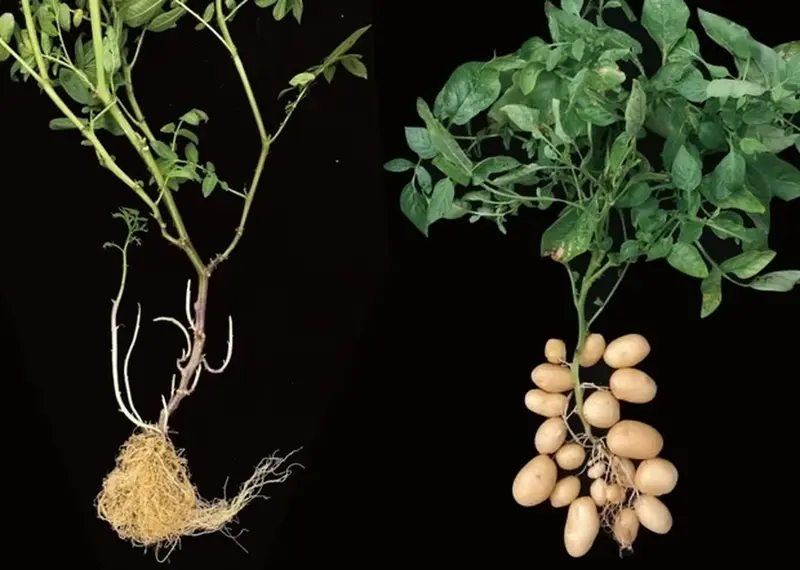When it comes to taste, there’s probably no greater contrast than between fried or boiled potatoes and juicy Mediterranean tomatoes.
However, scientists have discovered that these two vegetables are not as distant from each other as one might think. According to a new study, we know today has been around for about 9 million years. It evolved from a wild ancestor of the tomato, as reported by The Guardian.
What Did the Scientists Report?
According to an international team of researchers, wild that grew in the Andes crossed with the plant Etuberosum. Through a process known as hybridization, they mixed their genetic material, creating an entirely new lineage.
“The tomato is the mother, and Etuberosum is the father,” said Sanwen Huang, a professor at the Agricultural Genomics Institute in Shenzhen, China, and the lead author of the study.
The researchers analyzed 450 genomes of cultivated potatoes and 56 genomes of wild species. “This is one of the largest genomic collections of wild potatoes ever analyzed,” noted the study’s first author, Zhiyuan Zhang.
The team confirmed that two genes played a crucial role in the formation of the potato: SP6A, found in tomatoes, and IT1, found in Etuberosum. When these genes combine, as they do in potatoes, they interact to trigger a powerful process that transforms underground stems into starchy tubers.

Tomato and potato bushes
The potato inherited a stable set of genes from both parents, making it a robust and resilient plant. The tuber stores energy, helping it survive winter or drought, and allows for reproduction without seeds or pollinators.
Nutrient-rich potatoes have thrived for millions of years in the high-altitude conditions of the Andes. The plant adapted to these conditions and spread, increasing the number of its species. Humans domesticated several wild varieties, selecting those with large edible tubers.
“Indigenous peoples of the Andes have hundreds of potato varieties. In Europe, there are probably just five, all belonging to one species: Solanum tuberosum,” said Dr. Sandra Knapp, a botanist at the Natural History Museum in London.
In the 16th century, potatoes arrived in Europe aboard Spanish ships. Initially met with suspicion—since they didn’t grow underground, weren’t mentioned in the Bible, and had an odd appearance—the vegetable soon became very popular in many culinary cultures across Europe and the world. It was loved for its nutritional value and ability to withstand adverse conditions.
The study’s findings were published in the journal Cell.
Photo: pixabay.com
